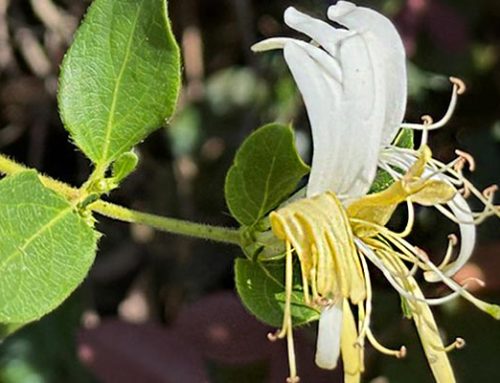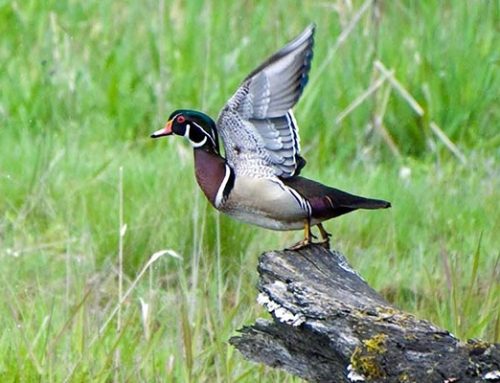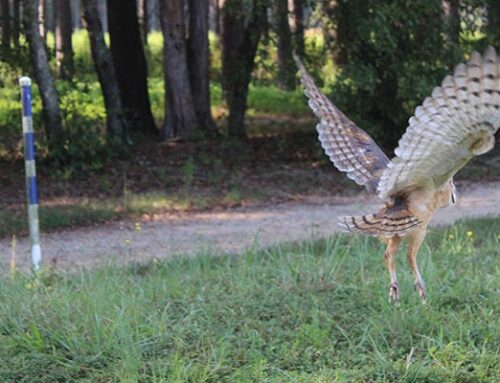2025 Breeding Bird Survey at Southern 8ths

On a fine spring morning in late May, a small team of birders gathered before dawn to conduct the 8th annual Southern 8ths Breeding Bird Survey, led by Dr. Travis Knowles, Professor of Biology at Francis Marion University. Each year is a fun adventure, and this was another good one. Within a few hours, we visited forests, fields, ponds and streams across the property. Each year, we almost always encounter two of our most common species of birds that we can find in any habitat, and two of our least common species that have very specific habitat requirements. Can you guess what they are? We’ll share those a bit later.
So what is a Breeding Bird Survey? It’s an organized count of birds conducted in the heart of the spring breeding season, often by a mix of citizen scientists, amateur birders and naturalists as well as professional ornithologists. These surveys collect and share important data to monitor the status of bird populations and species in different parts of the country. The North American Breeding Bird Survey has been going continually for over 50 years and generally involves a regional route that is driven over 24.5 miles, with stops every half mile to record birds.
The one we conduct each year is a bit simpler — focusing on only 13 stops within the 1,600 acres that make up Southern 8ths. It was developed by the late Tim Ivey, a wildlife biologist who helped us shape the land management strategies we use to this day. Our goal is to learn more about the various species of birds on the property, how their populations are doing year to year, and how we can maintain their preferred habitats to support the full diversity of species – from the common to the rare. Finally, we also share our appreciation for bird habitat conservation and restoration with the broader communities of the Carolina Piedmont and beyond, so that others may be inspired to do their part to support healthy bird populations, and all of the plant and animal species associated with them.
What we learned this year and how it compares to previous years.
Overall, our count of 37 species and 191 individual birds is fairly consistent with previous years. The “regulars” tend to be “neotropical migrant” species and other year-round resident birds that are typical of good rural habitat networks of forests and fields – from Indigo Buntings to Summer Tanagers, and Red-shouldered Hawks to Northern Parulas. It’s important to remember that there are many other breeding birds at Southern 8ths that we may not hear in any given survey. For example, we know species as diverse as Mississippi Kites and Ruby-throated Hummingbirds are breeding there each year, we just didn’t happen to see or hear them this year at our regular stops.
- Our most common species – Northern Cardinal and American Crow
- Our least common – Yellow-breasted Chat and Louisiana Waterthrush
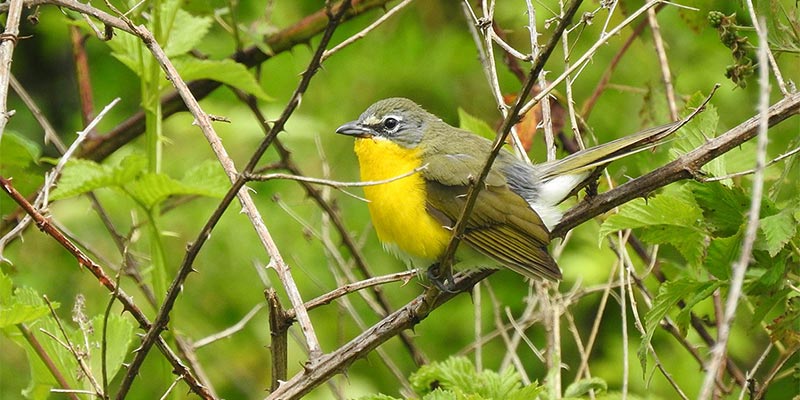
The Yellow-breasted Chat’s preferred habitat for feeding and nesting is dense vegetation and thickets of small trees and shrubs, often with brambles and cedars, often along power lines. Their diet includes a mix of insects, spiders and fruits. They can be physically identified by their bright yellow breast and gray coloration of their head, and white face markings that look as if they are wearing spectacles and have a white mustache. The “chatty” song of the males often combines whistles, cackles, mews, catcalls, caw notes, chuckles, rattles, squawks, gurgles, and pops, which they repeat and string together with great variety. The National Breeding Bird Survey has documented a decline of 32% among chat populations in the U.S. over the past 50 years.
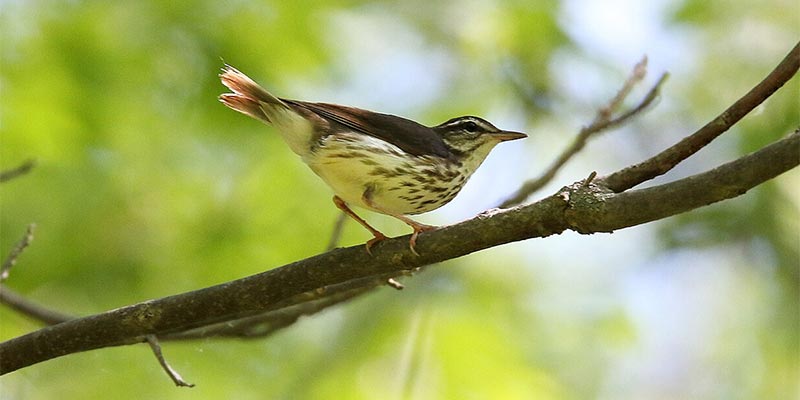
The Louisiana Waterthrush can be found close to forested streams and creeks, where they feed on aquatic insects and nest along streambanks under tree roots or vegetation. That is exactly where we hear them during our Breeding Bird Survey – along Thompson Creek and its tributary streams. Physically, they resemble an Ovenbird with dark streaks on their breast. However, the Louisiana Waterthrush has a prominent white streak that looks like an eyebrow which can assist in telling the difference between these species. Their preference for aquatic insects means that the presence of this bird is a good indicator that our local streams are supporting a diversity of species. Their numbers have also declined by about 1/3rd over the past 40+ years, which raises concern over forested stream habitat and associated water quality.
We’d like to express our sincere gratitude to Travis Knowles, who has been assisting us with the Breeding Bird Survey at Southern 8ths since 2021. We are grateful for all his support, his top-notch birding-by-ear skills, and his passion for this conservation education work which he shares so generously with students and adults alike.

